Somebody Else’s Dream: Dakota, The Buoys, and the Story of “Timothy”
“Somebody Else’s Dream: Dakota, The Buoys, & Timothy,” an extensive, 350-page book from Sunbury Press, is written by rock journalist Maxim W. Furek.
The book investigates the controversial 1971 song ‘Timothy,’ which was written by Tony Award-winning playwright Rupert Holmes. Banned on major radio stations for its references to cannibalism, the song was inspired in part by the Sheppton, Pennsylvania mining disaster, creating a chilling real-world connection.
“Somebody Else’s Dream” is a vivid chronicle of ambition, talent, and the brutal realities of the 1970s music industry. Through the lens of The Buoys and their later incarnation, Dakota, the book explores The Buoys’ meteoric rise, their struggles with management, and their transformation into Dakota, who recorded the classic AOR album ‘Runaway’ for MCA in 1980.
As Dakota, the band warmed up for Queen on a sold-out 35-city tour that culminated in a three-day, standing-room-only engagement at Madison Square Garden.
Ultimately, “Somebody Else’s Dream” is both a cautionary tale, exploring substance abuse, the pitfalls of fame, and the true cost of pursuing the rock and roll dream. It also addresses censorship and cultural gatekeeping, demonstrating how the story of ‘Timothy’ remains a relevant commentary on societal limits.
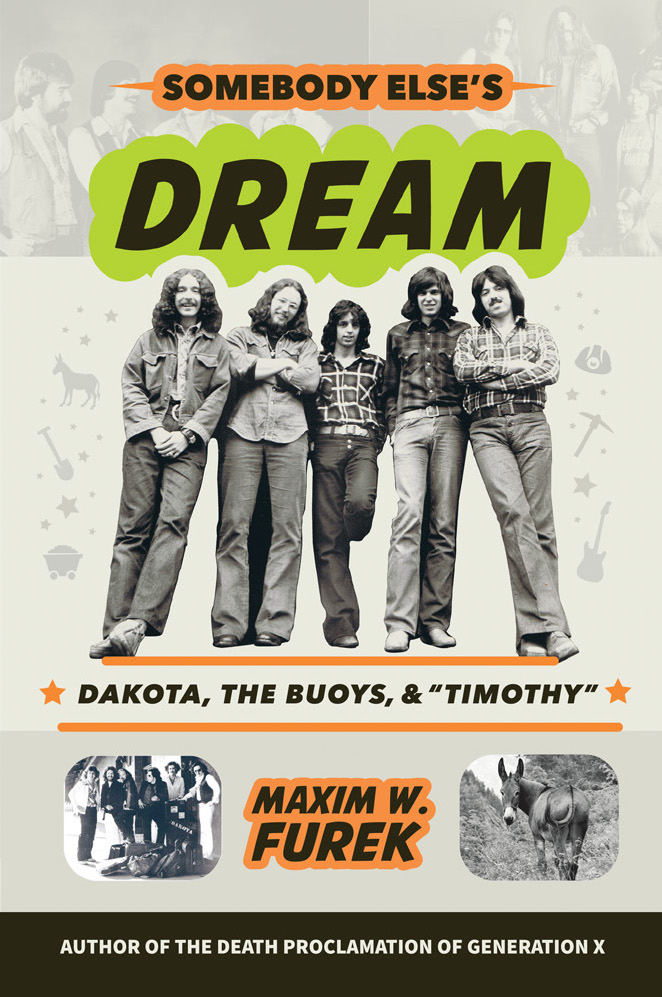
“A case of art imitating life.”
Let’s start with the elephant in the room: ‘Timothy.’ A song about cannibalism becomes a hit in 1971. Did The Buoys have any idea what they were getting into when they recorded it, or did the controversy catch them off guard?
Maxim W. Furek: They were pretty much caught off guard by the song’s success. Rupert Holmes wrote the tune mainly to get some attention for The Buoys and to create some controversy. He was trying to get them noticed so they could be signed by another label. Unfortunately, that kind of backfired, as the song got the notoriety, not The Buoys. They had their shot, and then ‘Don’t Give Up Your Guns’ was their final hurrah.
The Sheppton mining disaster gives the song a chilling real-world parallel. Do you think that eerie connection helped fuel its legend, even if it wasn’t directly based on the event?
Jerry Hludzik said there was an actual connection between the 1971 song and the 1963 Sheppton mining disaster. Both scenarios involved three men trapped in a mine, and in both cases, only two survived. Jerry said that Rupert knew about Sheppton, and that was the genesis of the song—a case of art imitating life.
Radio stations tried to kill it, but fans kept it alive. What is it about ‘Timothy’ that you think still resonates with people 50 years later?
I think it’s a combination of ‘Timothy’ being a phenomenal one-hit wonder, combined with the controversial “yuk” factor, and then the driving, poppy song itself, with lyrics like “God, what did we do?” The song came together nicely, especially with Bill Kelly’s lead vocals. He could really soar. The song had layers of musicality and intrigue.
The Buoys weren’t just a one-song band. They were out there hustling, sharing stages with bigger bands,… What do you think kept them from breaking through to that next level?
Like in so many cases, it was poor timing and bad management. They were living their careers on a shoestring budget and were the proverbial starving artists. Their record company could have treated them better and put some push money behind the act, but aside from some full-page ads in the trade magazines, that didn’t happen.
Frank Zappa, Sly Stone, Blue Öyster Cult—these guys had some incredible run-ins. Any stories that didn’t make the book that you wish had?
I didn’t want my book to be a “tell-all” and steered away from any talk about possible drug use. What I was really pleased with was my treatment of Frank Zappa. I document that The Buoys crossed paths with Zappa, possibly the most important voice in rock music. He was a prolific songwriter, experimenter, and voice of the people. He was an intellectual who stood ten feet tall among his peers. My hope is that my book will introduce Zappa to a new audience, along with his connection to The Buoys. Zappa was a libertarian activist. He gave us a musical and political voice.
The music industry in the ’70s was a minefield—payola, industry sharks, and the ever-present lure of excess. How did The Buoys navigate that world, and were there moments where things almost went completely off the rails?
In one way or another, all of the artists got caught up in the cocaine, corruption, and disrespect. It was a minefield out there, and only the strongest survived. There were lots of temptations on the road and behind the stage, and remember, The Buoys were only youngsters at the time of their biggest success.
A name change is a big deal for a band. Did switching to Dakota feel like a fresh start, or was it more of a necessity just to keep going?
Probably the latter. Kelly wanted them to be called “Dallas,” a reference to his home region, but the label insisted on “Dakota.” Insisted. No discussion. That was only one example of what they had to endure just to be on the label.
They landed massive opportunities—playing with Queen, sharing the stage with The Beach Boys during the Bicentennial, and even being considered to replace Vince Gill in Pure Prairie League. What was going right for them during that time?
They still had the drive and thought they had the musicality and songwriting talent to make it on their own, without selling out as the Pure Prairie League. In retrospect, this was probably a mistake, as PPL would have given them an immediate bigger stage where they could have experimented with their original compositions. We all have choices, and that was their choice.
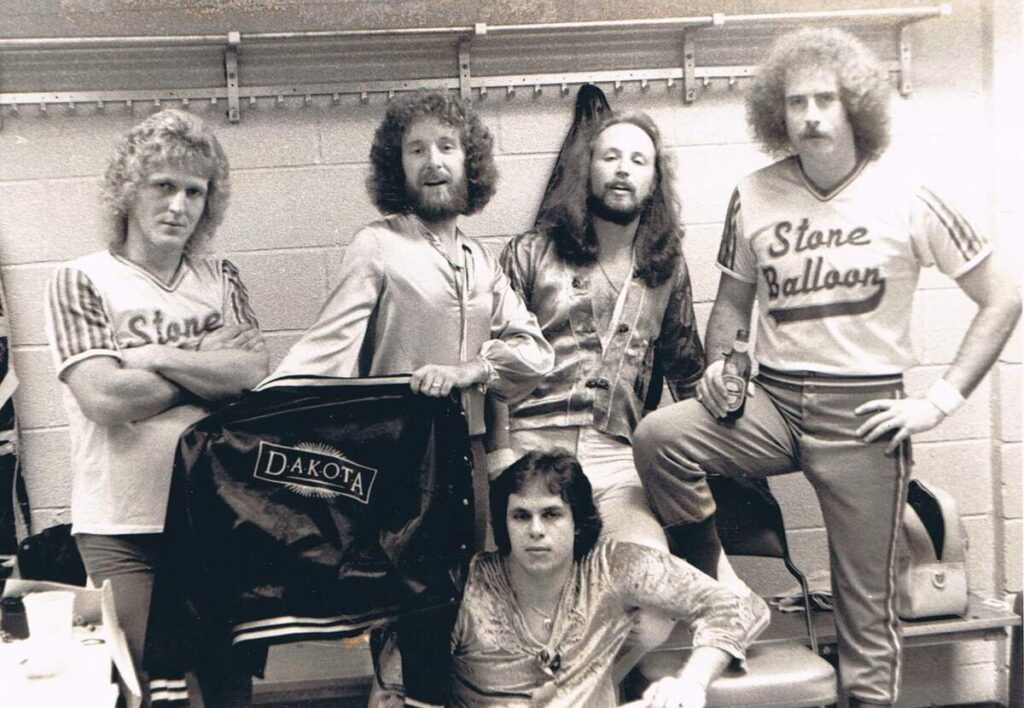
Then comes the so-called “Dakota Curse.” What was that exactly, and did the band themselves believe in it?
It seemed to be a case of taking one step ahead and two steps back. They struggled to grasp the gold ring and came up short. The Dakota Curse had far too many examples of how victory was stolen from them at the worst possible time.
Your book doesn’t shy away from the tough stuff—substance abuse, broken dreams, the price of chasing rock & roll glory. Was there a particular moment in Dakota’s story that really drove home just how brutal this industry can be?
The disrespect they got from Scepter and Polydor Records. The disrespect they got from MCA before and after their 1980 tour with Queen. This should have been a high point and an awesome promotional opportunity, but it flatlined because of the lack of corporate support and lack of respect from their label.
Delaney Bramlett was a mentor but also a cautionary tale. What were the biggest lessons Dakota took from working with him?
Delaney and Bonnie and Friends had one of the most exciting live acts of all time. They were simply amazing in their style and execution, and The Buoys saw how important that was. Unfortunately, D&B were never able to capture that magic in the studio. I discuss Delaney’s addiction to cocaine in the book. It’s common knowledge, part of the 1970s excess, and certainly another cautionary tale.
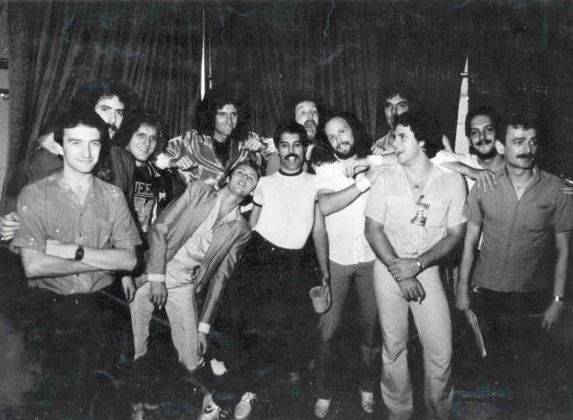
When you started writing this book, did you expect “Timothy” and The Buoys/Dakota to have such a rich history? What was the biggest surprise you uncovered?
Probably the amount of talent they met and shared the stage with. Every act they came in contact with gave them new ideas about musical creativity and live performance. It was their personal School of Rock. And they learned from some of the best, like Delaney and Bonnie and Friends—and Freddie Mercury.
If you could go back in time and tell The Buoys one thing at the height of their career, what would it be?
Change management. Do more cover songs. Create more R&B and folk-rock tunes. And develop a unique persona, not a cookie-cutter version of CSN&Y.
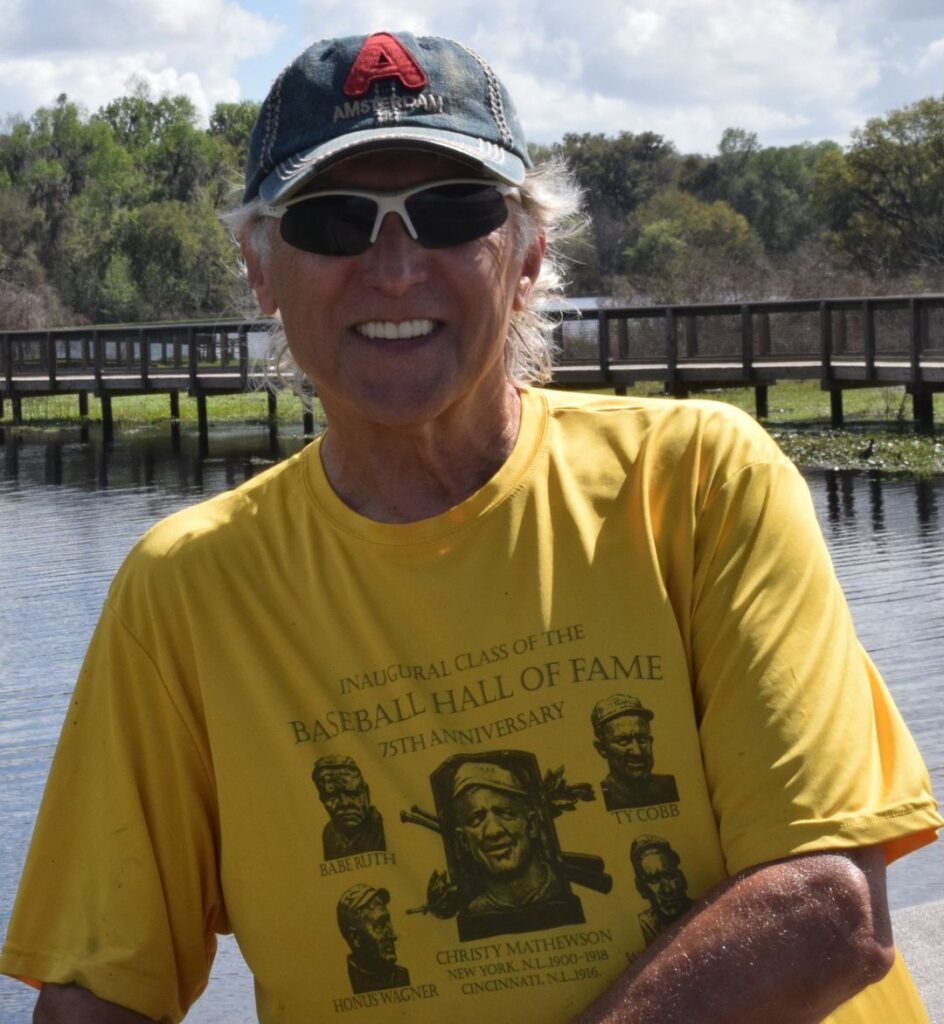
This book is a snapshot of an era, a cautionary tale, and a love letter to the underdogs of rock. What’s the one thing you hope readers take away from it?
You can make it, but only if you stay the course and heed the messages from the universe. You can’t afford to be egocentric and think the universe revolves around you. It doesn’t, and it never will. But with all their heartbreak, The Buoys and Dakota had an amazing run, and their AOR still has a place in this evolving world. They were good. They had talent. Their vocals and musicality were so much better than their songwriting, but even that was evolving. I’m proud of my book Somebody Else’s Dream and know that Jerry and Bill (RIP) felt the same.
Klemen Breznikar
Headline photo: Book cover
Maxim Furek Website
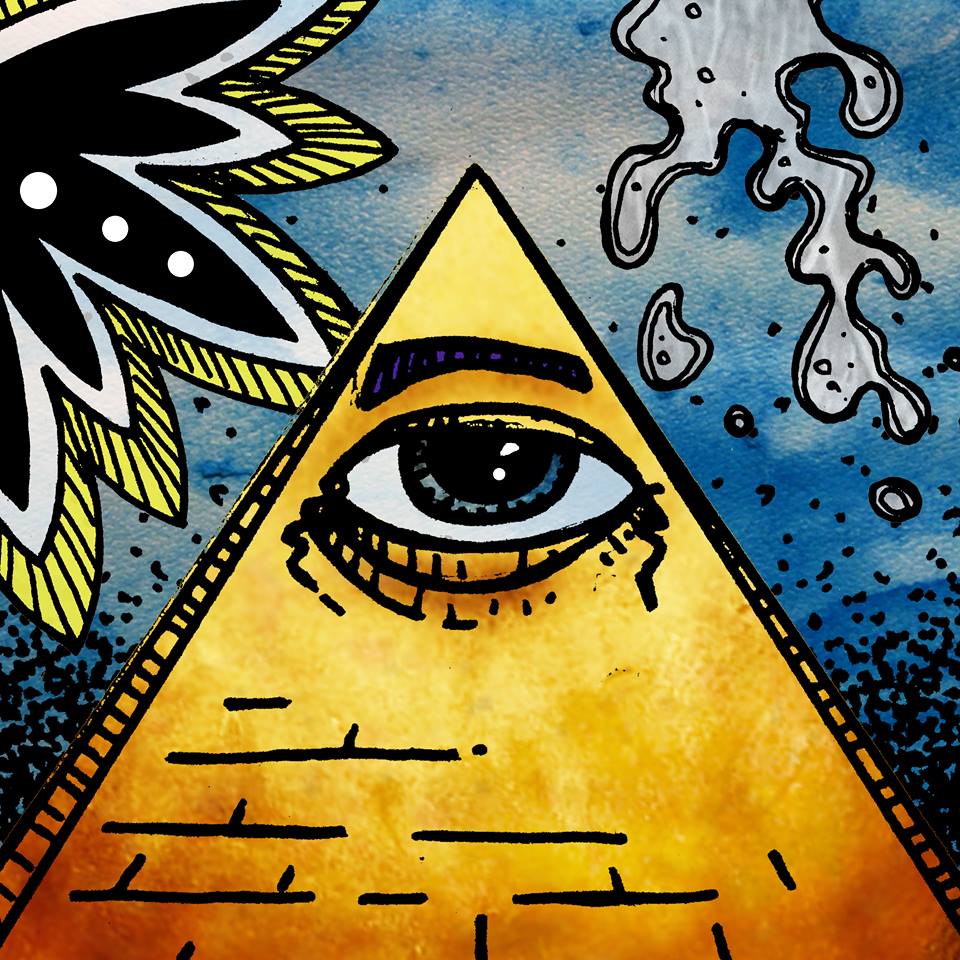
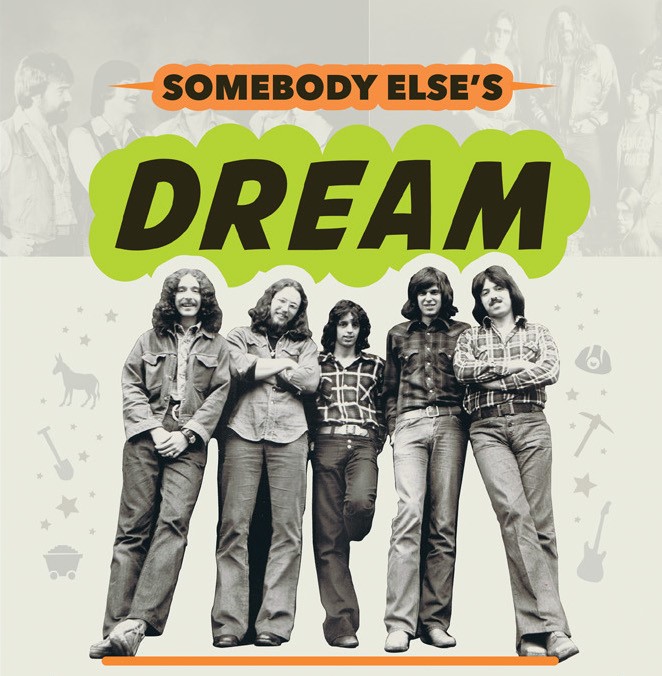


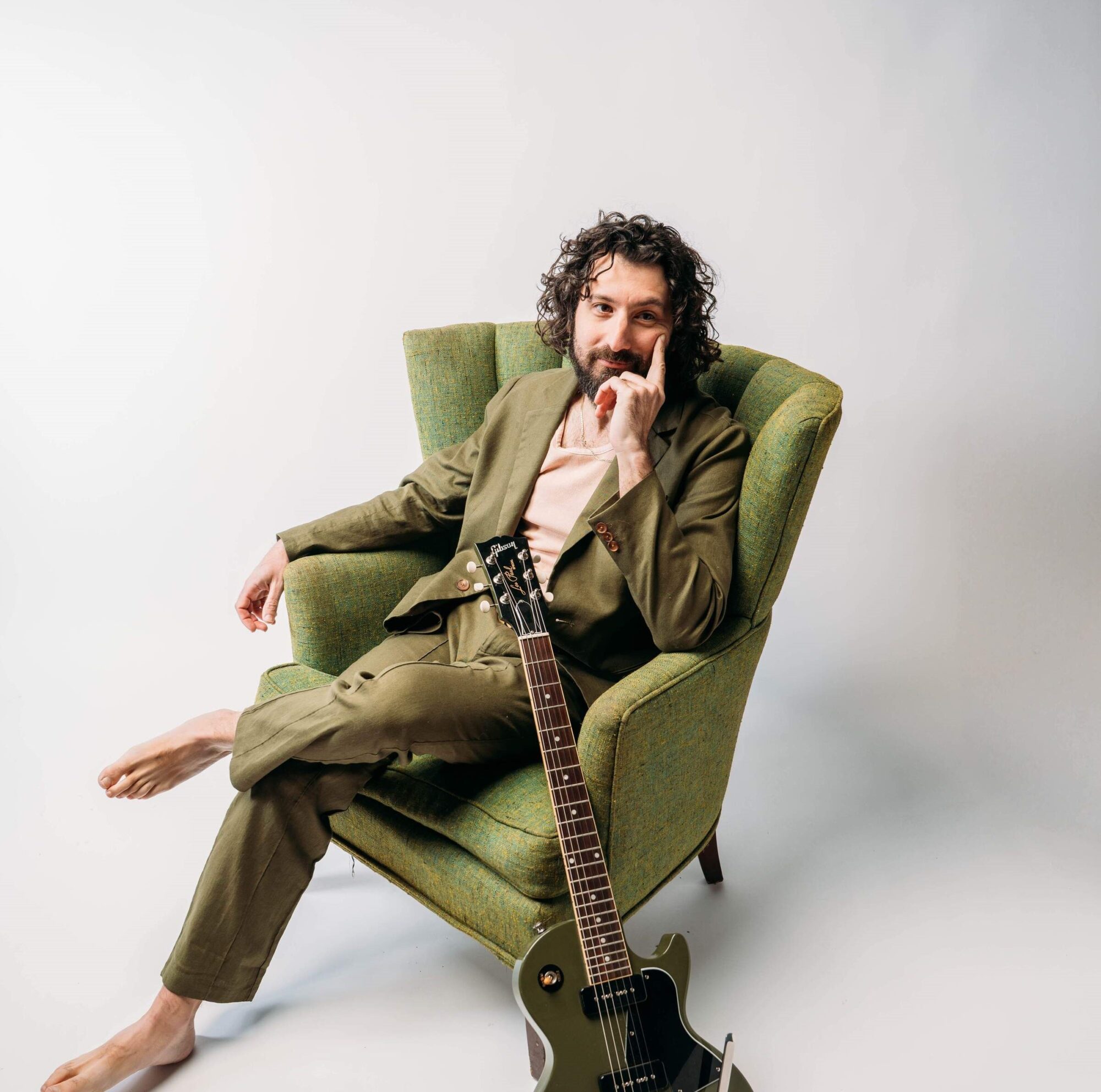
Photo credits: Dakota (Maxim Furek), Dakota-Queen (Richard Chizak), Maxim Furek ( Patricia A. Furek).